Top 10 Oldest Operational Banks in the World 2025
By ICON TEAM | Published on Jul 24, 2025
List Of Top 10 Oldest Operational Banks in the World 2025:
With a centuries-long history, the banking sector is a vital component of world economies. Founded throughout the Renaissance and beyond, several of the oldest banks in the world are still in operation in 2025, fusing cutting-edge financial advances with centuries-old customs. These organizations have adapted to stay relevant in a constantly shifting financial world by enduring wars, economic crises, and technological revolutions. The top ten banks still in business as of 2025 are examined in detail here, with an emphasis on their history, development, and ongoing importance.
1. Banca Monte dei Paschi di Siena (1472, Italy):
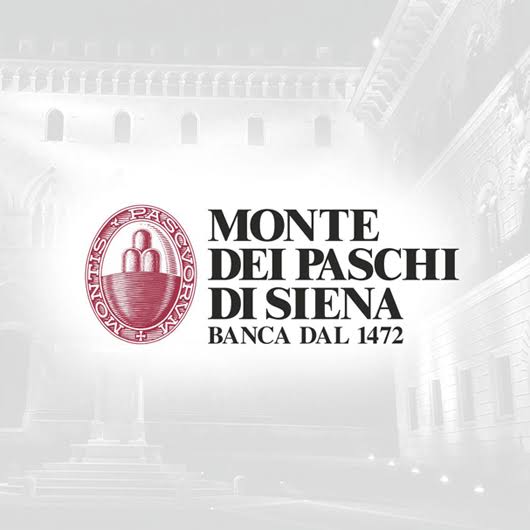
Banca Monte dei Paschi di Siena (BMPS), the oldest surviving bank in the world, was established in Siena, Italy, in 1472. In order to alleviate financial difficulties, the Magistrature of the Republic of Siena first founded it as a *monte di pietà* (charitable pawnshop) that offered low-interest loans to the underprivileged. It was reorganized into its present form in 1624, broadening its offerings beyond philanthropic loans. Following the 19th-century unification of Italy, BMPS developed into a national organization and was the first to offer mortgage loans to Italian nationals. With more than 2,070 locations, it is currently the fourth-largest commercial retail bank in Italy. In order to ensure its future relevance, BMPS has invested €500 million in its 2022–2026 strategy to digitize operations, despite financial difficulties, including recent government bailouts. Its longevity of more than 550 years demonstrates its flexibility and persistence.
2. Berenberg Bank (1590, Germany):
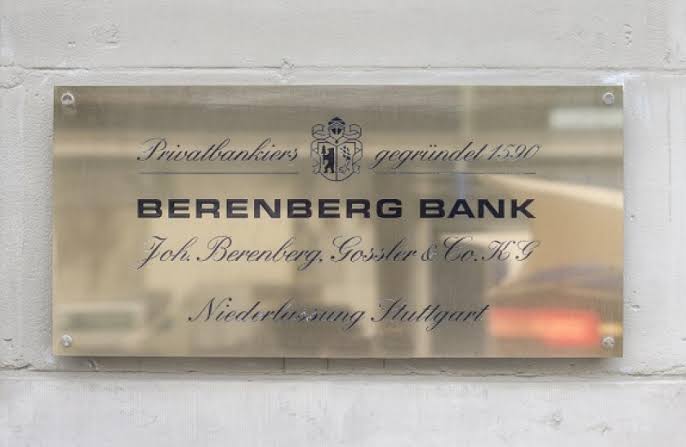
The oldest merchant and private bank in the world, Berenberg Bank (officially Joh. Berenberg, Gossler & Co. KG) was established in Hamburg, Germany, in 1590 by Dutch Protestant brothers Hans and Paul Berenberg. It began as a cloth trade company and, taking advantage of Hamburg's growing importance as a commercial hub, developed into a banking institution. For more than 430 years, the bank has remained legally distinct and is still controlled by Berenberg-Gossler family descendants. Berenberg focuses on private banking for high-net-worth clients, wealth management, and investment banking. Its adoption of contemporary technology, like the Sentiment Fund, which tracks market movements using alternative data, exemplifies its forward-thinking philosophy. The bank's ethical position is highlighted by the fact that its chairman opposed National Socialism during World War II and supported anti-Nazi initiatives. The longevity of Berenberg is evidence of its steady family ownership and strategic development.
3. Sveriges Riksbank (1668, Sweden):

The third-oldest bank still operating and the oldest central bank in the world is Sveriges Riksbank, which was founded in 1668. It replaced the defunct Stockholms Banco, which failed because it issued too many notes without security, and was established under the jurisdiction of Sweden's Riksdag of Estates to avoid royal meddling. Sweden became one of the first nations to use paper money in the 1660s when Sveriges Riksbank, which was renamed in 1866, started issuing banknotes. It now sponsors the Nobel Prize in Economics and concentrates on price stability, monetary policy, and financial education. The bank is investigating the e-krona, a possible digital currency, as part of its embrace of digital innovation. It maintained its position as a worldwide financial leader by streamlining processes and outsourcing coin and bill processing following the financial crisis of the 2000s.
4. C. Hoare & Co. (1672, United Kingdom):
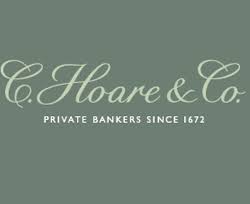
The oldest privately held bank in the United Kingdom is C. Hoare & Co., which was established in 1672 by Sir Richard Hoare. It is still run by Hoare's tenth and eleventh generation descendants and is based in London's famous Fleet Street. In the 18th century, the bank, which was first founded at the "Sign of the Golden Bottle" in Cheapside, introduced contemporary banking procedures such printed checks. It provides savings, estate planning, mortgages, and loans to high-net-worth customers. Notable customers have included Catherine of Braganza, Jane Austen, and Lord Byron. In order to remain competitive, C. Hoare & Co., which has just two locations, prioritizes individualized service while implementing contactless cards and digital banking. Its distinctive position in British financial history is highlighted by its ongoing reputation and family ownership.
5. Bankhaus Metzler (1674, Germany):

Benjamin Metzler established the Bankhaus Metzler in Frankfurt, Germany, in 1674 as a cloth trade company. Under Friedrich Metzler, the company changed its name to a bank in 1760. The oldest bank in Germany is still mostly family-run and specializes in corporate finance, capital markets, asset management, and private banking for high-net-worth individuals and institutions. Metzler, which only has ten locations, places more emphasis on accuracy and reliability than growth. It has a solid reputation thanks to its steady leadership and long-term outlook. Metzler established a niche that has supported its operations for more than 350 years by focusing on customized financial services rather than stockbroking in the late 19th century, fusing history with cutting-edge financial knowledge.
6. Barclays (1690, United Kingdom):
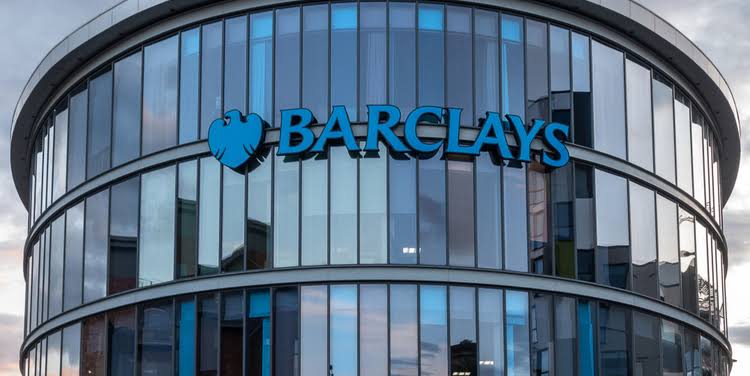
One of the oldest and biggest banks in the world, Barclays was founded in London in 1690 as a goldsmith-banking company by John Freame and Thomas Gould. When James Barclay, the founders' son-in-law, joined as a partner in 1736, the company was renamed "Barclays." Barclays began as a pioneer in goldsmith banking, which involved holding gold and issuing promissory notes. Through acquisitions, the company expanded to become a major player in the worldwide financial industry, with more than 4,750 branches. In 1967, it was one of the first UK banks to install automated teller machines. Barclays has embraced digital change and provided cutting-edge banking solutions in spite of scandals, such as claims of money laundering and market manipulation in the 2000s. Its ongoing relevance is guaranteed by its capacity to adjust to contemporary trends while preserving a strong worldwide presence.
7. Coutts (1692, United Kingdom):
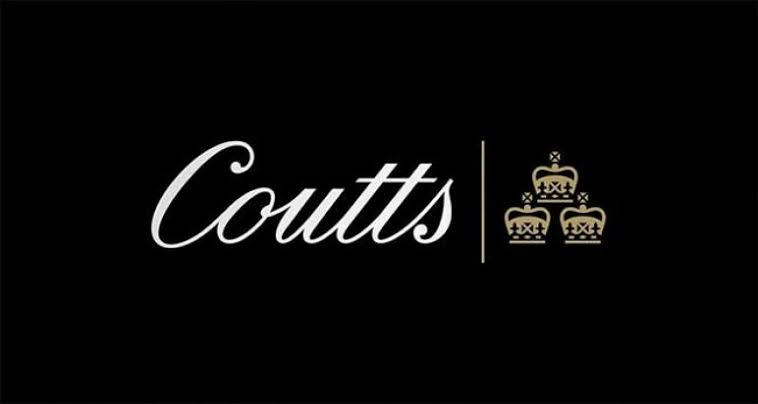
Another historic UK bank that is well-known for its prominence is Coutts, which was established in London in 1692 by John Campbell as a goldsmith-banker's store. Following his passing, Campbell's family inherited the bank, and his granddaughter Polly married James Coutts, whose name became associated with the establishment. Coutts has traditionally been associated with exclusivity, catering to British royalty and affluent merchants, including Queen Anne. With 28 domestic sites, it continues to serve high-net-worth clients as a member of the Royal Bank of Scotland Group. A pillar of British private banking, Coutts has maintained its reputation for excellence while adapting to contemporary banking methods.
8. Bank of England (1694, United Kingdom):
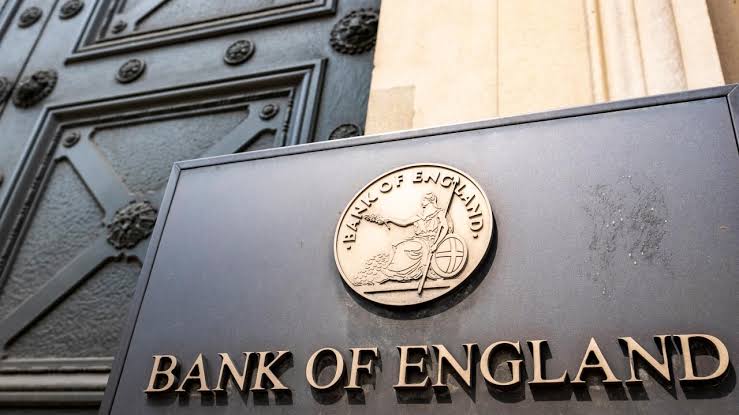
The eighth-oldest bank still in existence, the Bank of England was founded in 1694 and is regarded as one of the most significant central banks globally. It was established to serve as the banker for the English government, had strong shareholder support, and has remained closely associated with the government. It introduced standardized banknotes and pioneered central banking procedures, which were crucial in stabilizing the UK economy. These days, it issues currency, regulates monetary policy, and maintains financial stability. Its status as a model for central banks around the world has been cemented by its capacity to adjust to changes in the global economy, particularly digital banking. The Bank of England's long-lasting impact is a result of its sound institutional support and careful administration.
9. Drummonds Bank (1717, United Kingdom):
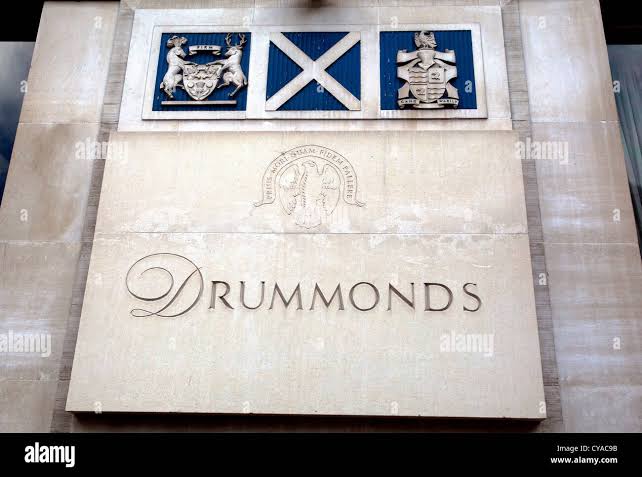
Andrew Drummond established Drummonds Bank in London in 1717 as a private bank catering to a burgeoning customer base. It had 1,500 patrons and substantial income by 1769. Currently functioning as a distinguished private bank, it was purchased by the Royal Bank of Scotland in 1924. With a single location in London, Drummonds is well-known for providing individualized services to wealthy clients. Despite obstacles, such as a 2012 fine for insufficient anti-money laundering procedures, Drummonds has maintained its historic appeal while modernizing its business practices, guaranteeing its position as one of the oldest banks in the world.
10. Caja Madrid (1702, Spain):

Spain's oldest bank, Caja Madrid, was established in 1702. Originally founded to meet Castile's financial needs, it retained more than 50% of its shares when it combined with six other Spanish banks to become Bankia in 2010. It still functions as a significant savings bank as part of Bankia, providing both retail and business banking services. Caja Madrid has been able to stay relevant by evolving through mergers and adjusting to contemporary financial demands. Its survival is a testament to both its strategic consolidation in the very competitive Spanish banking industry and the robustness of its government-backed roots.
Comments 0